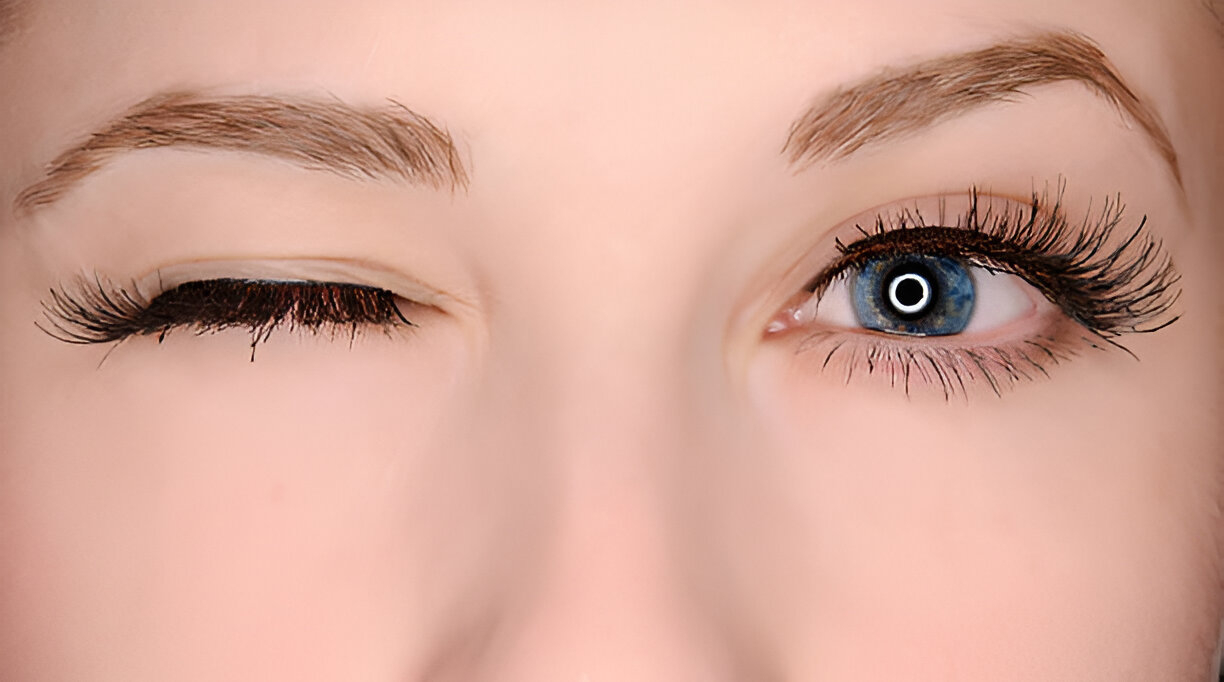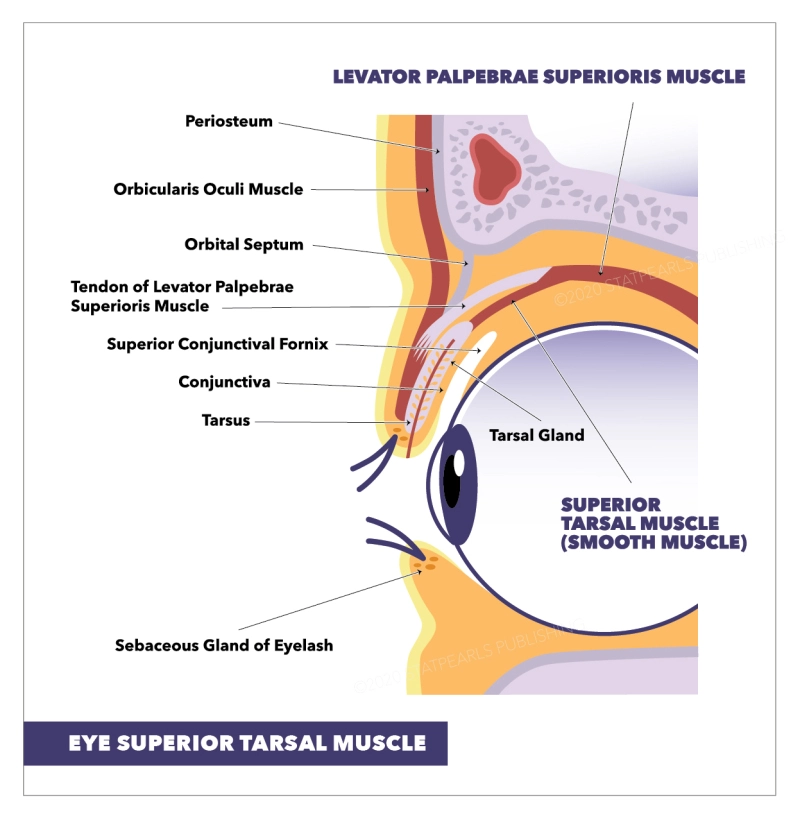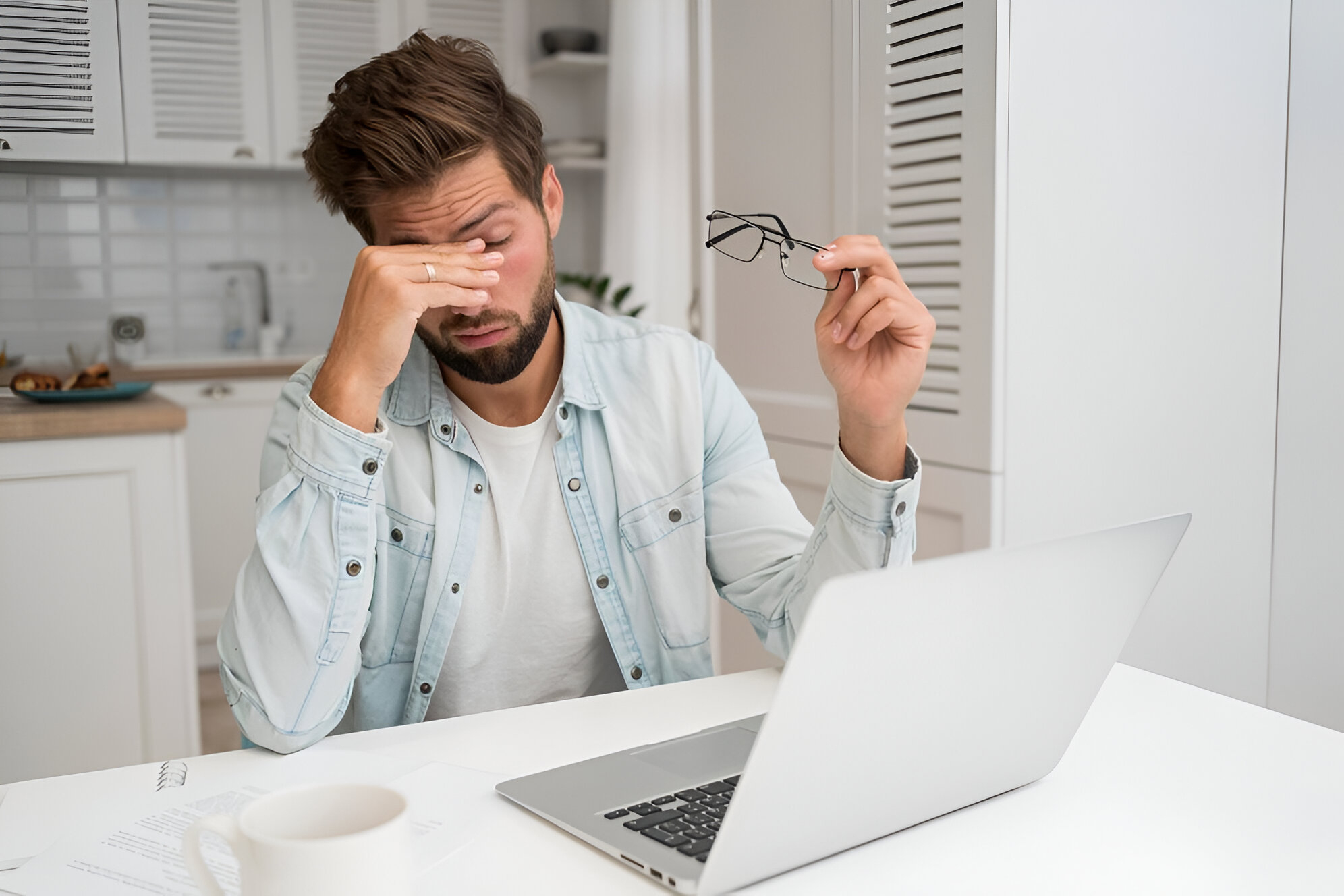
Have you ever stopped to wonder why we blink? It’s such a natural and frequent action—occurring about 15–20 times per minute—that we often don’t give it a second thought. But behind every blink is a fascinating mix of biology, reflexes, and vital eye protection. In fact, blinking plays an essential role in maintaining clear vision, eye comfort, and ocular health.
Let’s take a deeper look into the science of blinking, what happens every time our lids come together, and how this simple act supports overall eye function.
The Mechanics of a Blink
A blink is the rapid closing and opening of the eyelids, controlled by a set of muscles:
-
Orbicularis oculi: responsible for closing the eyelid
-
Levator palpebrae superioris: raises the upper lid
-
Superior tarsal (Müller’s muscle): contributes to involuntary eyelid elevation
The average blink lasts about 300–400 milliseconds. Despite its brevity, a lot happens during that moment.
The Protective Role of Blinking
1. Lubrication
Each blink spreads a fresh layer of tear film over the eye’s surface. This three-layered film (mucin, aqueous, lipid) hydrates the cornea, provides nutrients, and ensures optical clarity. Without regular blinking, the tear film becomes unstable, leading to dryness, irritation, and blurred vision.
2. Debris Removal
Blinking helps sweep away dust, small particles, and microorganisms from the eye surface, similar to how windshield wipers clean a car window.
3. Protection from Light & Irritants
A reflex blink is triggered by sudden light, foreign bodies, or a looming object. This protective blink reflex is critical in shielding the eye from damage.
Types of Blinks
Not all blinks are created equal. There are three main types:
1. Spontaneous Blink
This is your natural, unconscious blink that happens regularly, even when your eyes are at rest.
2. Reflex Blink
This occurs in response to an external stimulus—like a puff of air, bright light, or an object approaching your face.
3. Voluntary Blink
A conscious blink, like when you wink or blink on purpose.
Each type serves a unique function in maintaining ocular comfort and protecting vision.
The Digital Dilemma: Blinking and Screen Time
Have you noticed that your eyes feel dry or strained after working on a computer or staring at your phone? That’s because blink rate significantly decreases during screen use—sometimes by up to 60%!
Fewer blinks mean less tear spread, leading to:
-
Digital eye strain
-
Dry eye disease
-
Burning or gritty sensation
Tip: Try the 20-20-20 Rule
Every 20 minutes, look at something 20 feet away for at least 20 seconds. And don’t forget to blink consciously!
Blinking and Sleep
As we get drowsy, our blink rate slows, and the eyelids become heavier. This change is often used to detect driver fatigue or drowsiness in medical monitoring devices.
During sleep, blinking stops completely, and the eyelids form a protective seal over the eyes, allowing for recovery and hydration.
What Happens When We Don’t Blink Enough?
Conditions that affect blinking or eyelid closure—such as Bell’s palsy, Parkinson’s disease, or lagophthalmos—can result in:
-
Exposure keratitis
-
Severe dry eye
-
Corneal ulceration or scarring
That’s why complete and regular blinking is so important.
Fun Facts About Blinking
-
Infants blink only about 2 times per minute, but this increases with age.
-
Women tend to blink more often than men.
-
You blink about 28,000 times a day—that’s over 10 million times per year!
-
Some birds and reptiles have a nictitating membrane, a third eyelid that moves sideways to protect the eye.

Nictitating membrane of a masked lapwing as it closes over the left eye, originating from the medial canthus.
Conclusion: A Blink Is More Than Just a Reflex
Blinking is an elegant, efficient act that combines neurological, muscular, and ocular coordination. It keeps our eyes moist, clean, and protected—making it essential for visual performance and comfort.
So the next time you blink (which is probably right now!), appreciate it—because behind that simple motion is a beautiful example of the body’s subtle intelligence.


